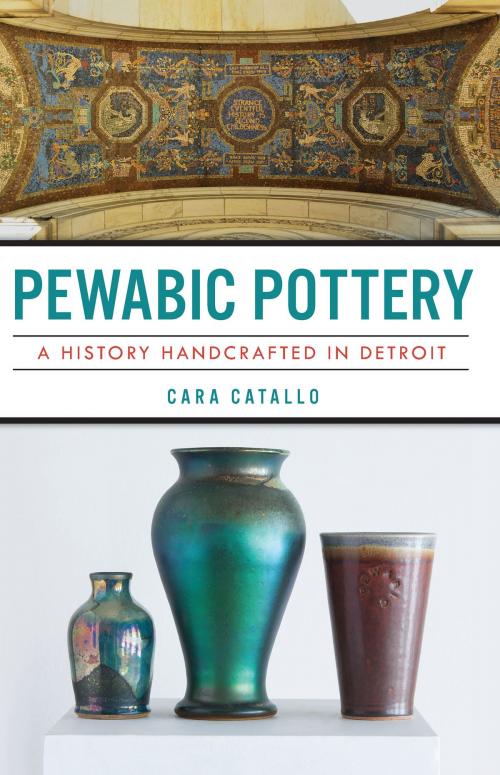Pewabic Pottery: A History Handcrafted in Detroit
Nonfiction, Home & Garden, Antiques & Collectibles, Pottery & Ceramics, Art & Architecture, Architecture, Public, Commercial, or Industrial Buildings, Travel, Museums, Tours, & Points of Interest| Author: | Cara Catallo | ISBN: | 9781439661727 |
| Publisher: | Arcadia Publishing Inc. | Publication: | July 10, 2017 |
| Imprint: | The History Press | Language: | English |
| Author: | Cara Catallo |
| ISBN: | 9781439661727 |
| Publisher: | Arcadia Publishing Inc. |
| Publication: | July 10, 2017 |
| Imprint: | The History Press |
| Language: | English |
At the height of America's Arts and Crafts movement, Detroit neighbors Horace J. Caulkins and Mary Chase Perry pooled their talents together to found Pewabic Pottery. With modest beginnings in 1903, Pewabic transformed from a rented stable in Brush Park to an English Tudor building on East Jefferson Avenue, where it has operated since 1907. Today, the iconic enterprise continues Perry's dedication to handcrafted ceramics and remains known for its iridescent glaze on everything from vessels and architectural tiles to ecclesiastical installations in churches across the country, including the Basilica of the National Shrine of the Immaculate Conception. Author Cara Catallo illuminates the story behind one of the oldest American handcrafted pottery traditions.
At the height of America's Arts and Crafts movement, Detroit neighbors Horace J. Caulkins and Mary Chase Perry pooled their talents together to found Pewabic Pottery. With modest beginnings in 1903, Pewabic transformed from a rented stable in Brush Park to an English Tudor building on East Jefferson Avenue, where it has operated since 1907. Today, the iconic enterprise continues Perry's dedication to handcrafted ceramics and remains known for its iridescent glaze on everything from vessels and architectural tiles to ecclesiastical installations in churches across the country, including the Basilica of the National Shrine of the Immaculate Conception. Author Cara Catallo illuminates the story behind one of the oldest American handcrafted pottery traditions.















